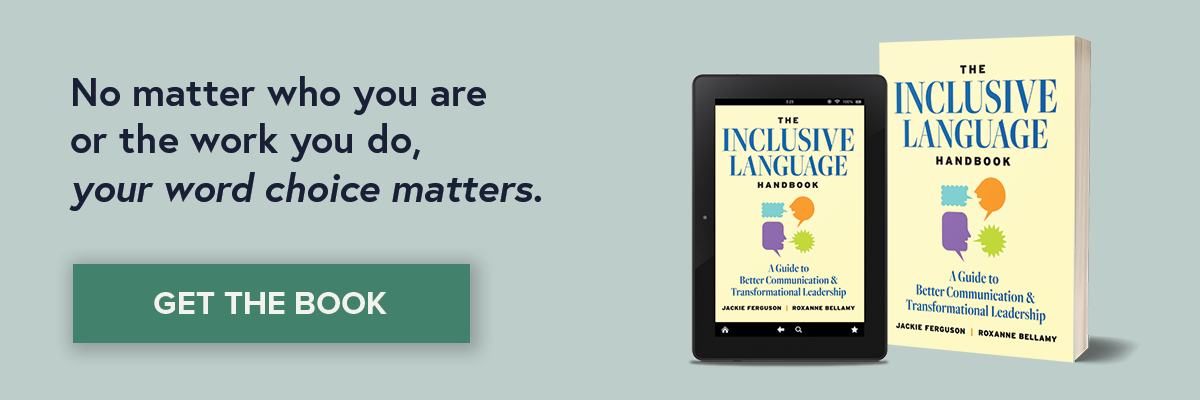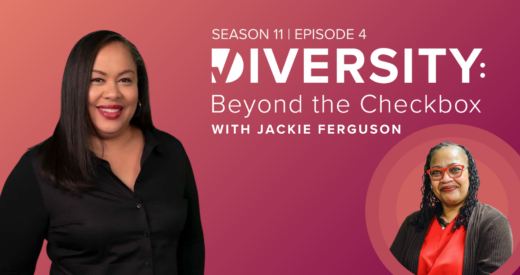According to a 2021 study from LinkedIn and Forrester, incorporating DEI principles into your sales practices can result in a multitude of benefits, including 28% higher conversion rates, 12% higher sales attainment, and 6% higher customer satisfaction. In other words, inclusion isn’t just good for people – it’s also good for your balance sheet.
In previous articles, we’ve explored the process of incorporating DEI principles into resume reviews, employee onboarding, marketing campaigns, frontline operations, and a wide variety of other instances because we know that the most successful businesses integrate DEI throughout their organizations. Today, we’ll offer actionable tips for how you can incorporate DEI principles into your cold-call scripts. Here are our do’s and don’ts for inclusive cold calling.
DO create a genuine connection built on mutual benefit
Your success as a sales representative depends on your ability to connect with many different people from different backgrounds and with different experiences and build meaningful relationships. When first calling a prospect, introduce yourself, give a quick introduction to your company, and name exactly why you’re calling. Remember that genuine connection relies on mutual benefit. What will your product or service solve for this person?
Ideally, you will spend the first few minutes building rapport with the other person by asking questions about their business needs. Listen, listen, listen. Remember that your role is to find mutual benefit, not just sell. People can tell when you’re just going through the motions of building a relationship for the sake of the sale.
DON’T use alienating words and phrases… and beware, they’re much more common than you may know
Inclusive sales language is a critical element in treating every person with respect, and this is especially true for cold calls since you’re relying solely on your words and tone of voice to make a good impression. Learn best practices for inclusive language and follow the tips below.
- Avoid using common cultural expressions that may not be familiar to all people. These are often called idioms, such as “a dime a dozen,” “bite the bullet,” “make a long story short,” and “it’s not rocket science.” Every language has different idioms, and while these phrases may seem universal to the person using them, they often alienate and sometimes even offend people from different cultures and backgrounds.
- Always, always, always start with gender-free language. Never assume a person’s gender identity based on their name, appearance, or voice. Instead, do your research ahead of time to find the person’s correct pronouns. Replace phrases like “Hello Sir” and “Hello Ma’am” with “Hi there” or a simple “Hello.” Then, give the person your name and pronouns to start the conversation. Once you’ve introduced yourself using your pronouns, it will feel more natural and comfortable to ask for their pronouns too. For instance, you might say “Hi, I’m Robin from The Diversity Movement, and I use he/him pronouns. May I ask your pronouns?”
DO embrace individuality
The salespeople that consistently close deals are also the ones who use respectful, thoughtful language and take the time to connect with each person on a personal level. While it can be difficult to find common ground and engage with prospects who come from different backgrounds or cultures than you, it’s certainly not impossible. It just takes a little patience and practice. To refine your skills, you might consider asking a friend to play the prospect, while you practice cold calling them. Although this may feel silly at first, it’s a great way to rehearse potentially challenging moments so they don’t feel surprising or uncomfortable when they arise.
In order to get to know your prospect, ask questions, show interest in their answers, and store this information for future use. For example, if you place a call to a potential customer and they mention they love cooking, ask what cuisine they most enjoy and store this information for your follow-up call (even if you don’t land the sale on the first try). So many lifelong sales partnerships start with a curious and attentive sales rep getting to know their client on an individual level.
It’s these small moments of connection that unlock workplace excellence and, over time, transform your business culture to reach greater results through diversity, equity, and inclusion. To learn more about incorporating inclusion into your cold calls, sales cycle, and sales language, contact us today.
Shelley Willingham, CDE, is Vice President of Business Strategy at The Diversity Movement. She is an entrepreneur, business strategist, and marketer who uses an equity lens to help clients achieve better business outcomes. Connect with her on Linkedin.







